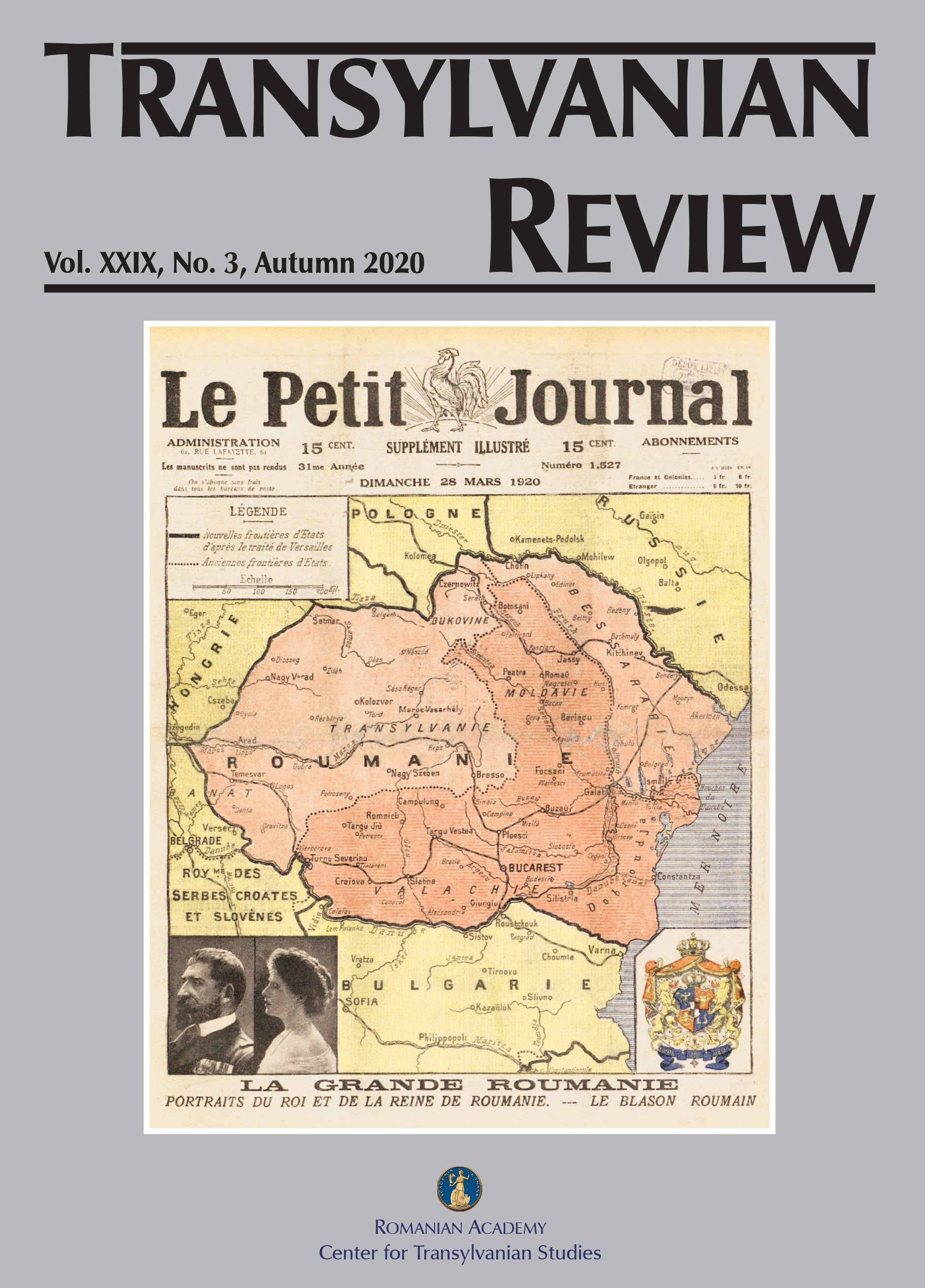Zensurresilienz in historischen deutschsprachigen
Zeitungen des östlichen Europas: Eine Fallstudie
zur jüdischen und deutschen Presse Großrumäniens
(1919-1940)
Censorship Resilience in Historical German-Language Newspapers in Eastern Europe:
A Case Study of the Jewish and German Press in Greater Romania (1919–1940)
Author(s): Albert WeberSubject(s): History, Cultural history, Jewish studies, Jewish Thought and Philosophy, History of Judaism
Published by: Academia Română – Centrul de Studii Transilvane
Keywords: censorship; resilience; Greater Romania; Jewish press; German press;
Summary/Abstract: Two ethnic minorities with German as their native language lived in Romania during the interwar period: in addition to the various ethnic German groups from the former Kingdom of Romania, from the Habsburg and the Russian Empire, a large number of Bukovina and Banat Jewish communities belonged to the Romanian state from 1918 onwards, many of them using the German language in everyday life and at work as well as in literature and the press. Members of both ethnic groups endeavoured through press publications to preserve and extend the civil rights of their communities and to integrate them into the society of their new homeland. The present study analyzes a state practice which stood in the way of these developments: press censorship restricted information, communication and the corrective functions of the two highly developed media landscapes of the Germans and the Jews in Greater Romania. When it comes to the resilience against censorship authorities, the strategies of conformity, loyalty, or resistance of newspaper editors are examined, thus shedding light on the role of these publications for their respective minorities
Journal: Transylvanian Review
- Issue Year: XXIX/2020
- Issue No: 3
- Page Range: 67-89
- Page Count: 23
- Language: German

